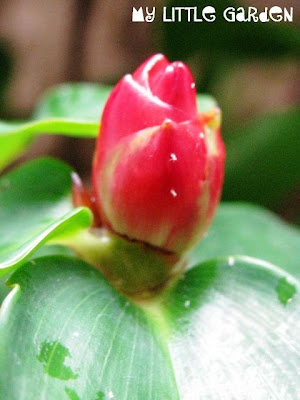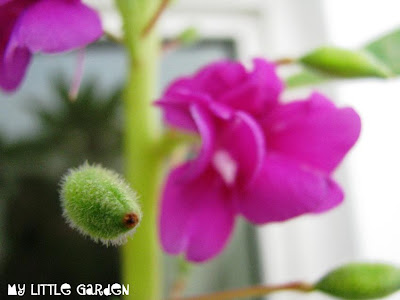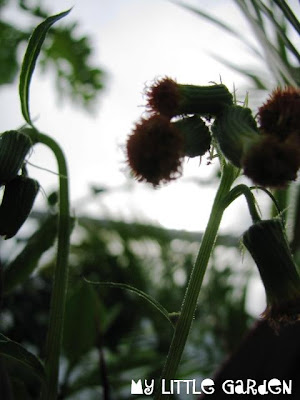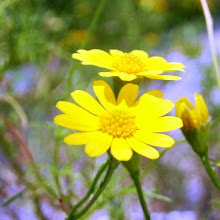[Lantana, Yellow Sage, Shrub Verbena, 马缨丹,物色梅]
"Fly… fly… fly… the butterfly. In the garden, flying high. In the meadow, flying low.
Fly… fly… fly… the butterfly…"
Reputed to be one of the 10 most toxic weeds in the world, Lantana camara has become a popular ornamental shrub. It emits a pungent smell from its simple leaves which are ovate with serrated edges. The folwers come i nvariety of colours like orange, purple and pink. These colours darken as the folwer matures. The fruits also occur in clusters turning from green to dark blue. Ingesting the leaf, stem and berries could cause vomitting, diarrhoea, lethargic feeling. Victims are known to fall into a coma or suffer from liver damage. Lantana poisoning occurs comonly in sheep and cattle in North Eastern Australia and India. [A Guide to Toxic Plants of Singapore]



















































